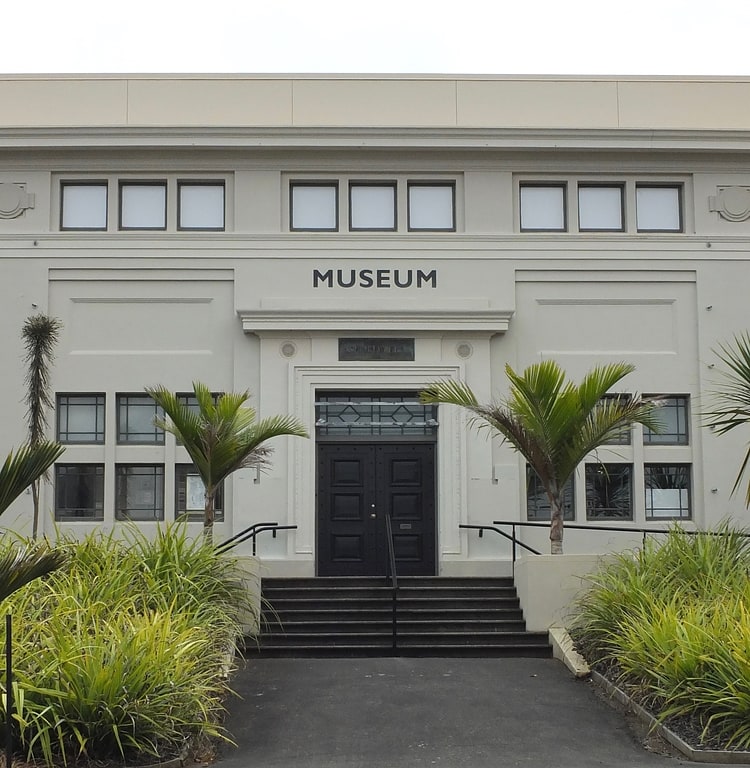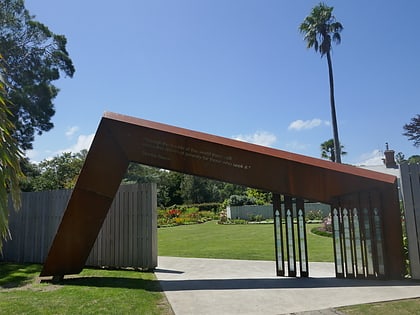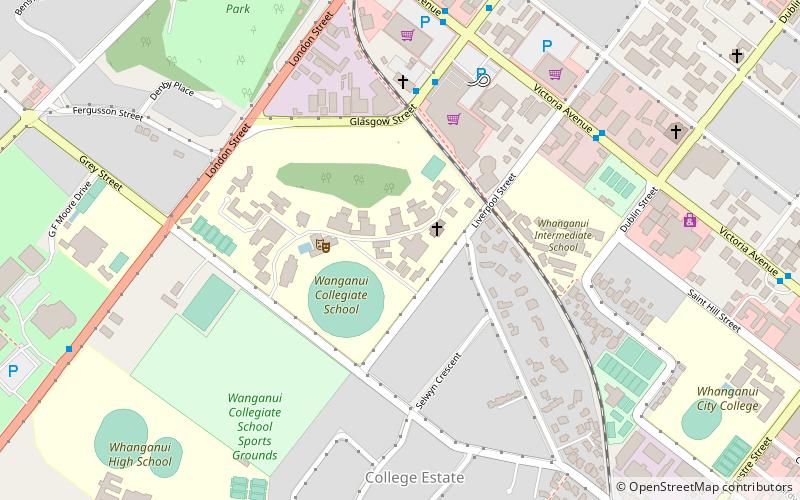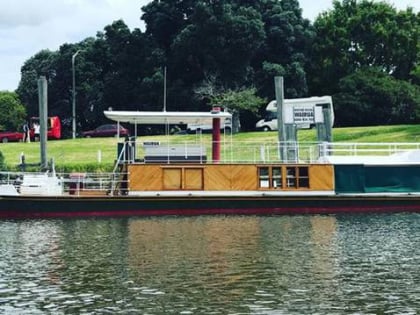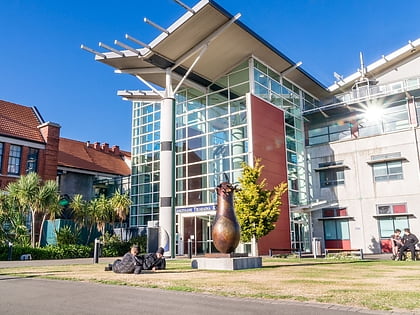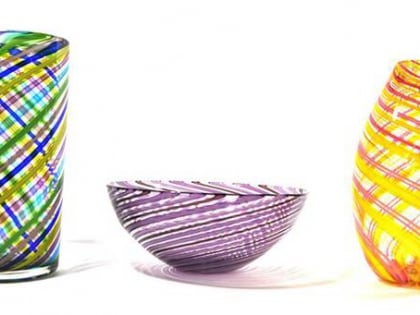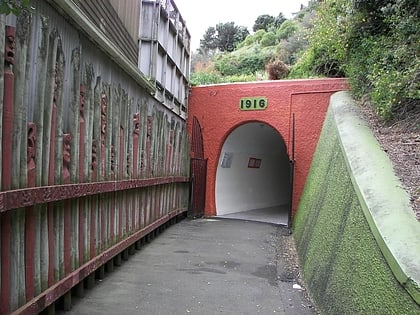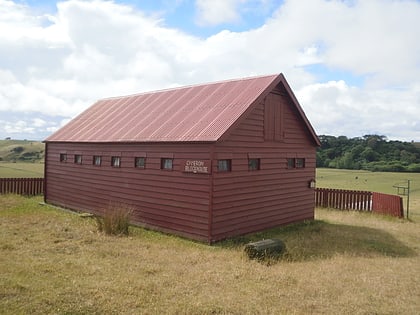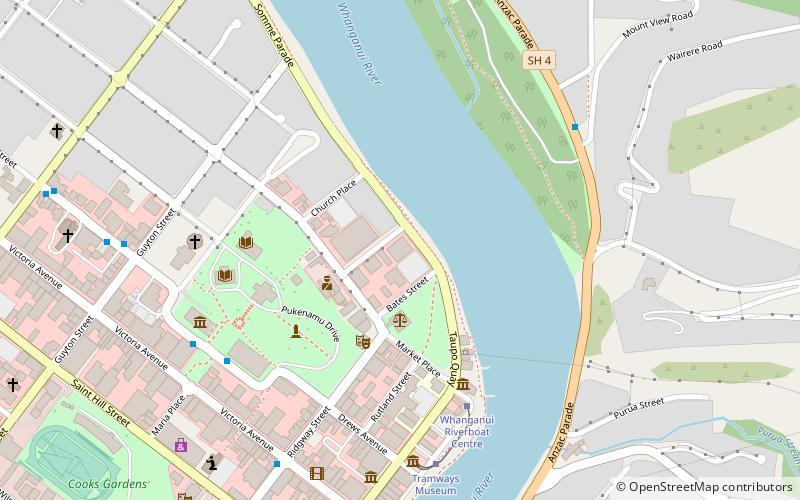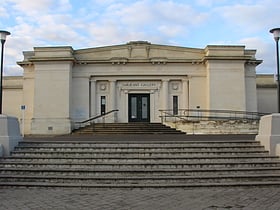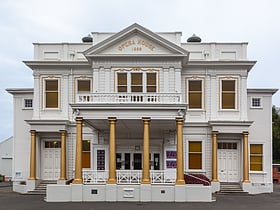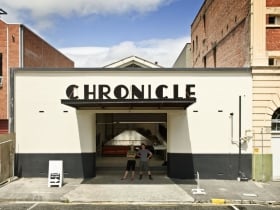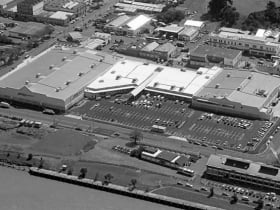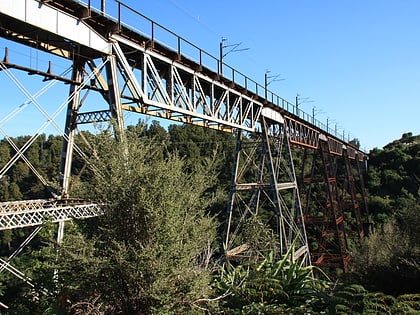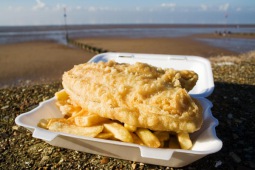
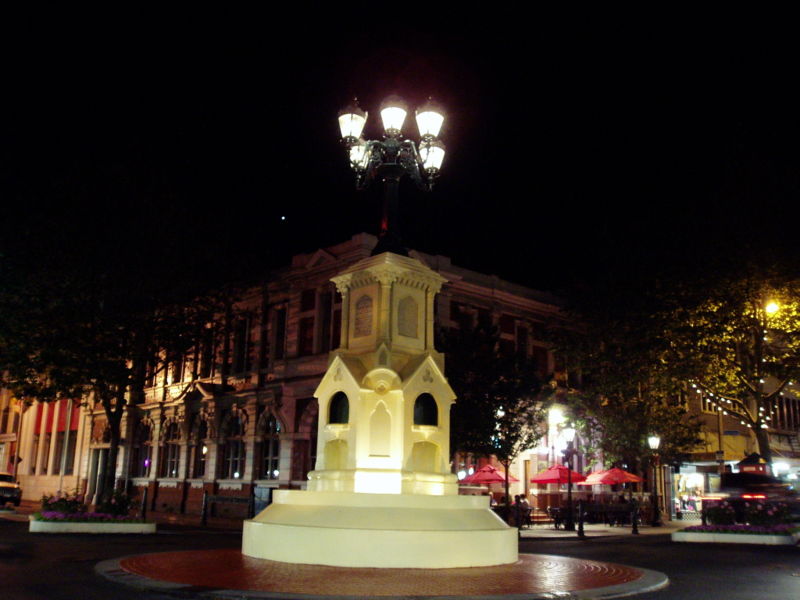
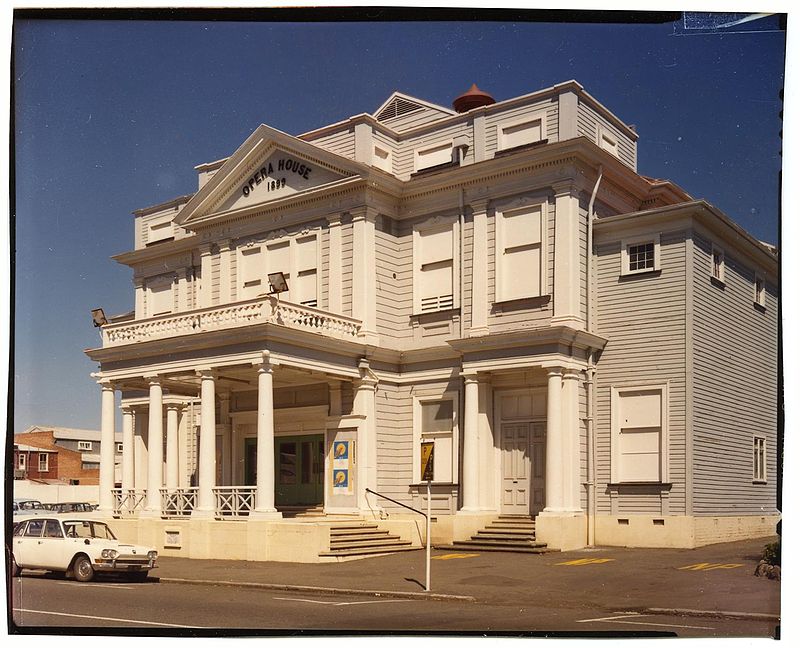
Whanganui Travel Guide
Facts and practical information
Nestled on the west coast of New Zealand's North Island, Whanganui (previously spelled Wanganui) is a city steeped in both Maori and European heritage. It is part of the wider Manawatu-Wanganui region and offers a blend of cultural richness, natural beauty, and historical significance that beckons visitors from near and far.
The Whanganui River, New Zealand's longest navigable waterway, is the lifeblood of the city and a cornerstone of its identity. A journey on the river—whether by paddle steamer, canoe, or kayak—provides a serene experience and a glimpse into the region's soul. The Whanganui National Park, which surrounds the river, is a haven for outdoor enthusiasts, offering ample opportunities for hiking, camping, and birdwatching amidst lush native forests.
In the heart of Whanganui, the Sarjeant Gallery showcases an impressive collection of New Zealand art, while the Whanganui Regional Museum displays a rich array of Maori artifacts and natural history exhibits. The city's architecture, particularly the heritage buildings like the Whanganui Opera House, reflects the Victorian and Edwardian eras, lending a charming and historic atmosphere to the urban landscape.
Whanganui's cultural tapestry is further enriched by its vibrant arts scene. The city is known for its glassblowing studios, with the New Zealand Glassworks being a center for both creation and education in the art of glass. Visitors can witness the skillful craft of glass artists and even take part in workshops.
The city's market scene is a drawcard for locals and tourists alike. The weekly River Traders Market offers a selection of fresh produce, artisanal goods, and local crafts, creating a lively social hub on Saturdays. The market is a testament to the community spirit and the emphasis on supporting local businesses.
For those seeking a coastal escape, Castlecliff Beach is just a short drive from the city center. It's an ideal spot for a leisurely stroll, fishing, or simply enjoying the rugged west coast scenery.
Culinary enthusiasts will find Whanganui pleasing, with a range of dining options that include cozy cafes, traditional New Zealand fare, and international cuisine. The city takes pride in its local produce, and many eateries feature ingredients sourced from the region's fertile lands.
Whanganui Attractions - What to See and Explore
Whanganui offers many attractions and places to visit. Here are the most important ones: Whanganui Regional Museum, Sarjeant Gallery, Bason Botanic Gardens, Royal Whanganui Opera House. Below you will find a complete list of places worth visiting.
Things to See and Do in Whanganui by Category
Sights, interesting and unusual places and attractions valued by most tourists. See the list of places to visit in Whanganui.
Culture
Shopping
Other categories
MuseumWhanganui – popular in the area (distance from the center)
In the vicinity of Whanganui, it's worth seeing attractions such as: Te Awahou Nieuwe Stroom (Foxton), Oranjehof (Foxton), Makino Aquatic Centre (Feilding).
Best Time To Visit Whanganui
Learn when is the best time to travel to Whanganui weather-wise and what to expect in each season.
Best Ways to Experience the City
Food & drink
CuisineA guide to some of the best local dishes and drinks that you will meet in the region.
